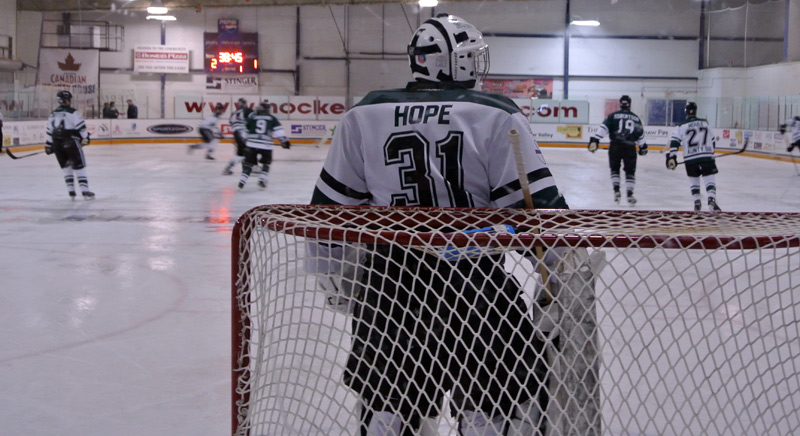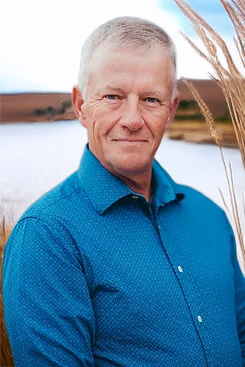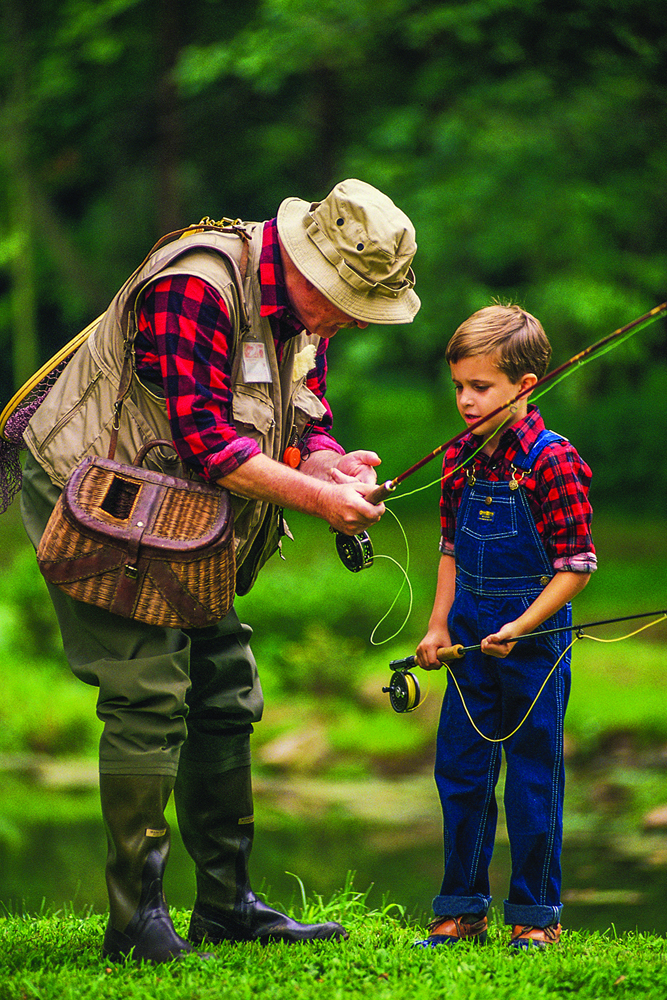
On Sunday May 4th, the puck was dropped to signify the beginning of the World’s Longest Hockey Game. Lasting until May 14th until around 6:30 p.m., 40 players from the ages of 24-57 will play 248 hours of hockey–which equals to over ten days. Team Hope will consist of one half of the players, and Team Cure will consist of the other half.
Setting the record back in 2012 at 246 hours and raising just over 1.5 million for the Alberta Children’s Hospital Foundation, the team is determined to beat the record by two hours, and raising 2 million. This year, the funds will go to the Southern Alberta Flood Relief Fund as well.
Over eight and a half months has gone in to preparation for this marathon, ensuring that the team is more physically and mentally prepared for the task that lies ahead than they were in 2012. Players had broken and swollen feet, one gentleman suffered a stroke, and another gentleman suffered a heart attack. Many of them were unable to make a return to the team due to unhealed injuries. The endeavor is not a simple one, but the players can all agree on the one thing that will keep them going, “It’s all about the kids, and helping fund the Alberta Children’s Hospital Foundation.” Doctors will also tend to players behind the scenes.
“We have amazing people in our community, and it’s sad to say but everyone in our community has been touched by an ill child,” says Alex Halat, Chair of the Organizing Committee for the Hockey Marathon as well as a player for Team Hope, “there’s no reason to not support this game. At one time or another they’re going to know a child or a family member’s child who has been to that hospital [Alberta Children’s Hospital].”
The players are not allowed to leave the arena at all until the hockey marathon is over. With four-hour shifts, players will only have around 30 minutes to an hour of sleep each day.
“Just because the puck has dropped doesn’t mean that this is over,” agree emcees Brendan Parker and Charlie Simmer, “so don’t forget about these guys. They will eat, sleep, and breathe hockey over the next ten days.”
People are more than welcome to come visit and cheer the players on at any chance they get. Support from the outside is what helps keep the players motivated and determined to reach their goal. Donations themselves can be put in a donation box at the front of the arena, or at www.HockeyMarathon.com. There are items up for auction, and merchandise up for sale in support of the event.
The honorary coaches for the teams are two young kids by the names of Sienna Wood, for Team Cure, and Samuel Seehawer, for Team Hope. Both children have had to rely heavily on the help of pediatricians and children’s hospitals in order to be here today, which sparked an intense amount of support and inspiration from the crowd.
8-year-old Sienna has had 33 brain surgeries. 29 of them occurred from when she was seven-and-a-half months old to when she was two. “I’m really excited to be the honorary coach,” she beams, “and it [the marathon] is really good because they are raising money for my friends…and me! And that’s good because I can be helped if I have to go back to the hospital again.”
Sienna’s mother, Brenda, couldn’t speak more highly of the players, “These guys are saving my daughter’s life, and I am so grateful,” she says, “they are my heroes. They’re taking time away from their own families in order to help families like mine.”
The blue rink was packed full of people sitting on the bleachers, standing around the glass, on the stairwell, and up in the balcony. With such an electric and supportive vibe, the start to the game was upbeat and exciting. Although the players will become drained due to physical and mental fatigue, the continuation of the atmosphere expressed at the opening ceremonies will be sure to keep them on their feet.
“Last game we had guys with bleeding feet, one guy we had to drill holes in his nails to relieve pressure,” says Halat, “what we are going to go through within these next few days we are choosing to do to our bodies, a little kid going to the hospital for treatment doesn’t get to choose what their body is going to go through. This is the least that we can do because we can do it, to make it easier on a child going to the hospital.”








